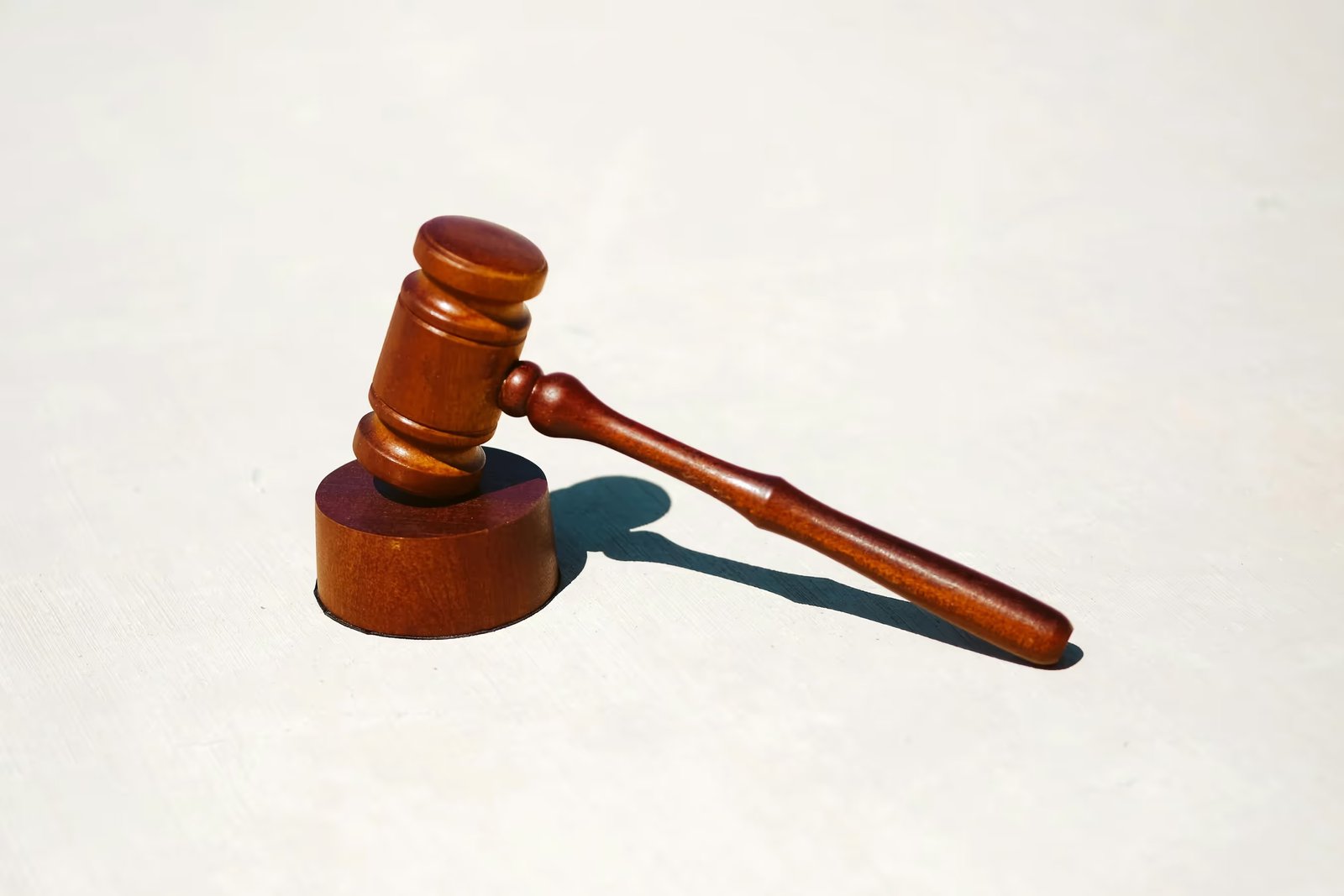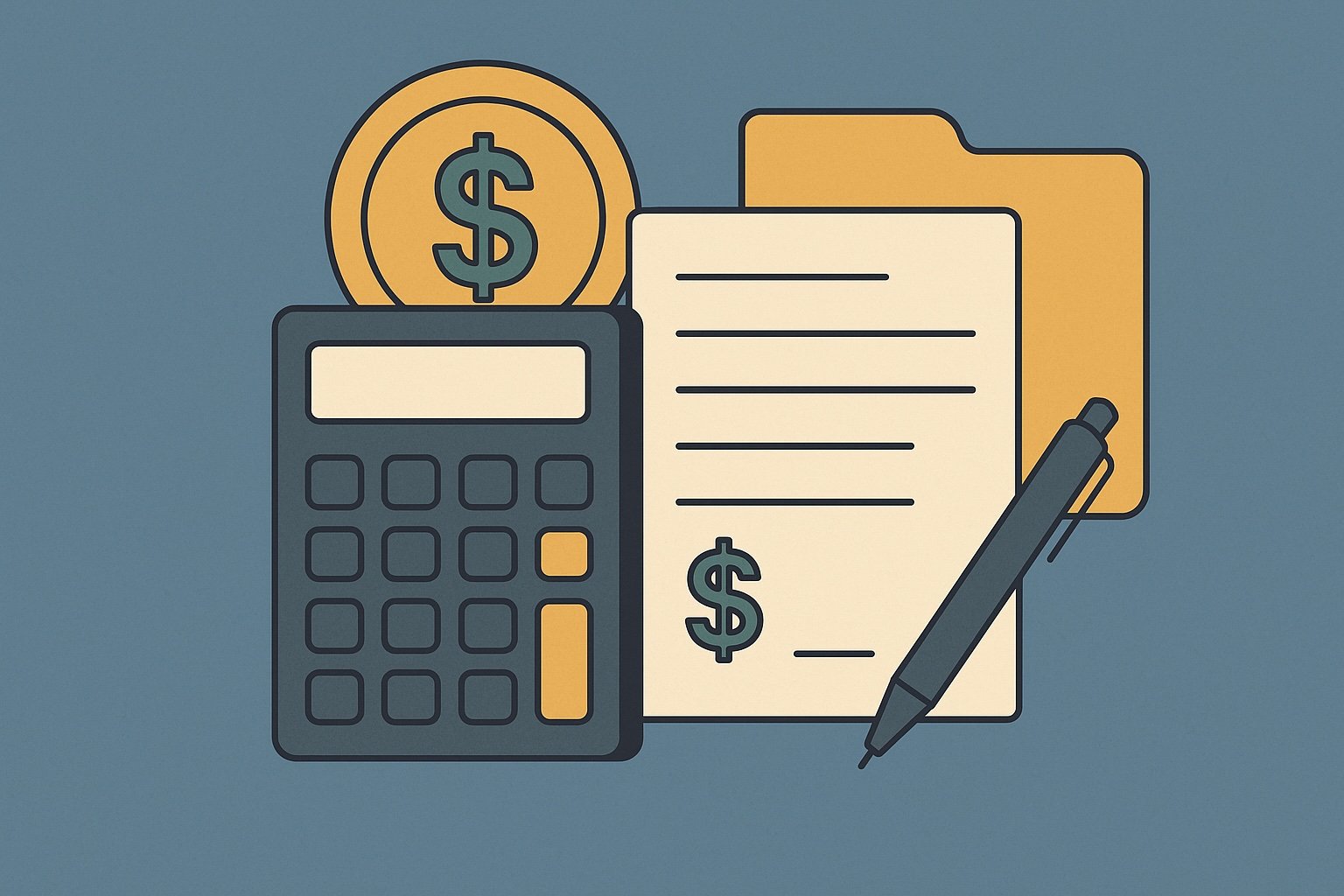Question
ARTE's Answer
Yes, you can absolutely use a 1031 exchange to trade one property for two or more properties. This is a common strategy for investors looking to diversify their real estate portfolio or to acquire properties with different characteristics. The key is to ensure that the total value of the replacement properties is equal to or greater than the value of the relinquished property, and that all other 1031 exchange requirements are met.
When you engage in a 1031 exchange, the primary goal is to defer capital gains taxes by reinvesting the proceeds from the sale of your relinquished property into like-kind replacement properties. The term "like-kind" is quite broad when it comes to real estate, meaning you can exchange virtually any type of real estate for another, as long as both the relinquished and replacement properties are held for investment or business purposes.
Here's how a one-to-two property exchange might work, using Deferred.com as your qualified intermediary:
Imagine you own a commercial building valued at $600,000, which you wish to sell. You decide to use a 1031 exchange to defer the capital gains tax on the sale. You identify two replacement properties: a small retail space valued at $350,000 and a residential rental property valued at $250,000. The combined value of these two properties is $600,000, which matches the value of your relinquished property.
- Engage Deferred.com as Your Qualified Intermediary: As your qualified intermediary, we at Deferred.com will facilitate the exchange. This means we will hold the proceeds from the sale of your commercial building and use them to purchase the replacement properties on your behalf. This is crucial because you must not have constructive receipt of the funds to qualify for the tax deferral.
- Identify Replacement Properties: You have 45 days from the sale of your relinquished property to identify potential replacement properties. In this case, you have identified the retail space and the residential rental property.
- Complete the Exchange: You have 180 days from the sale of your relinquished property to close on the purchase of the replacement properties. We at Deferred.com will use the proceeds from the sale of your commercial building to purchase the retail space and the residential rental property.
- Meet the Value Requirement: The total value of the replacement properties must be equal to or greater than the value of the relinquished property to fully defer the capital gains tax. In this example, the combined value of the retail space and the residential rental property is $600,000, which matches the value of your commercial building.
By following these steps and using Deferred.com as your qualified intermediary, you can successfully complete a 1031 exchange from one property to two, deferring your capital gains tax and potentially enhancing your investment portfolio. Remember, the key to a successful 1031 exchange is careful planning and adherence to the IRS guidelines, including the 45-day identification period and the 180-day exchange period.
Have more questions? Call us at 866-442-1031 or send an email to support@deferred.com to talk with an exchange officer at Deferred.
Sources
1031 Question? Ask ARTE
Deferred's AI 1031 Research Assistant is trained on 8,000+ pages of US tax law and outperforms human CPAs by 22%+
CHAT NOW
Learn More
See more frequently asked questions about 1031 exchanges








